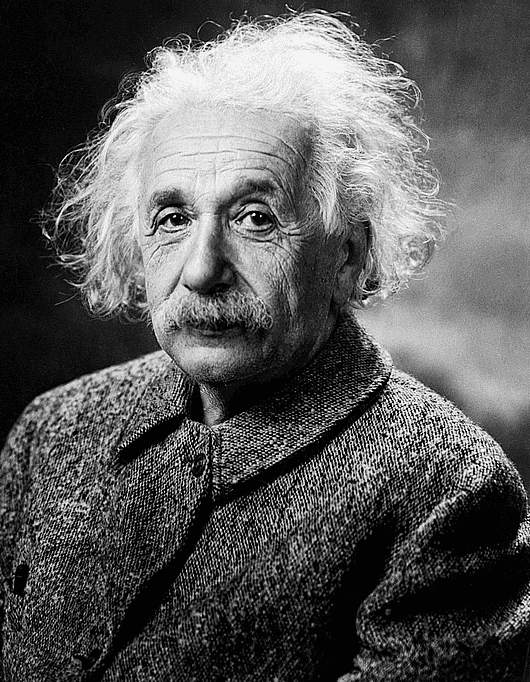
GEORGETOWN, Guyana — Strategies to prevent the spread of HIV/AIDS among young people could be more effective if they tapped into the power of religious belief and practice.
That is the finding of researchers who studied the knowledge and attitudes of young people in relation to HIV/AIDS and sexual behavior.
The study, sponsored by UNICEF and conducted by the Varqa Foundation here, found that young people who knew and followed the teaching of their religion were much less likely to have engaged in sexual intercourse than those who did not, by a rate of 18 percent to 45 percent respectively.
"Prevention strategies for the spread of HIV/AIDS should harness religious belief and practice, especially in societies such as Guyana where religious affiliation remains strong," wrote the study's authors in an article published in the March 2007 issue of the International Journal of STD and AIDS.
Guyana has the third highest prevalence of HIV/AIDS in the Caribbean, which is the second-most afflicted region in the world.
"Many specialists working in international development are somewhat uncomfortable with faith-based efforts at personal and community transformation -- such as to prevent HIV-AIDS," said Brian O'Toole, the lead author in the study, in an interview.
"But this study suggests that in a country like Guyana, where many people have strong faith-based beliefs, it might be possible to draw on spiritual inspiration to address some of the problems facing society," said Dr. O'Toole, who is also director of the Varqa Foundation, which is a Baha'i-inspired social and economic development agency based in Guyana.
Other authors included Roy McConkey, a professor in the health promotion group at the Institute of Nursing Research at the University of Ulster; Karen Casson, also of the University of Ulster; Debbie Goetz-Goldberg, a researcher with Health for Humanity, another Baha'i-inspired agency; and Arash Yazdani, a youth volunteer.
More than 2,000 people aged 12-20 were surveyed for the study. They completed anonymous, self-reporting questionnaires about sexual behavior, their understanding of HIV/AIDs and the way it spreads, and attitudes towards issues like virginity and condom use.
Ninety-five percent of respondents were aware that HIV could be contracted from sexual contact with someone who was HIV positive. However, less than a third (29.5 percent) were able to state up to three other ways that HIV could spread and only 37 percent were able to name three ways of self-protection.
The survey also found that in Guyana, nearly 25 percent of young people aged 12-14 were sexually active, a percentage that rose to more than 33 percent for those 15 and older. Nearly half of the males over the age of 15 were sexually active, according to the survey.
Respondents were asked if they were aware of their religion's teaching on sexual matters and whether they followed it. Just over 35 percent of the young people said they did, with another 22 percent knowing the teaching but not following it.
The authors also concluded that peer education should be another element in any strategy of HIV/AIDS prevention.
"The content and delivery of educational inputs must be capable of being adapted to local contexts preferably by persons who are very familiar with those situations," wrote the authors. "In this respect, peer education would appear to offer some promise."
Dr. O'Toole noted that the study was carried out by a network of young people who themselves had been inspired by a faith-based, peer-education leadership training program known as Youth Can Move the World (YCMTW), also sponsored by the Varqa Foundation.
"Usually in this type of survey you get a couple of hundred responses," said Dr. O'Toole. "We were able to get several thousand because of the network of young people established by the Youth Can Move the World project."
Founded by Varqa in 1997, the YCMTW program has used peer education methods to train more than 7,000 Guyanese young people in strategies to prevent alcohol and drug abuse, suicide, HIV/AIDS, and domestic violence.
Among other things, the program uses inspirational passages from the holy writings of the major religions in Guyana to help young people draw on their spiritual heritage in an effort to prevent risky behavior. In Guyana, about 50 percent of the population is Christian, 35 percent is Hindu, 10 percent is Muslim. The remaining five percent of the people belong to other religions, including the Baha'i Faith.

(http://news.bahai.org/story/520)
--
Best regards
Husseim Stuck C.

